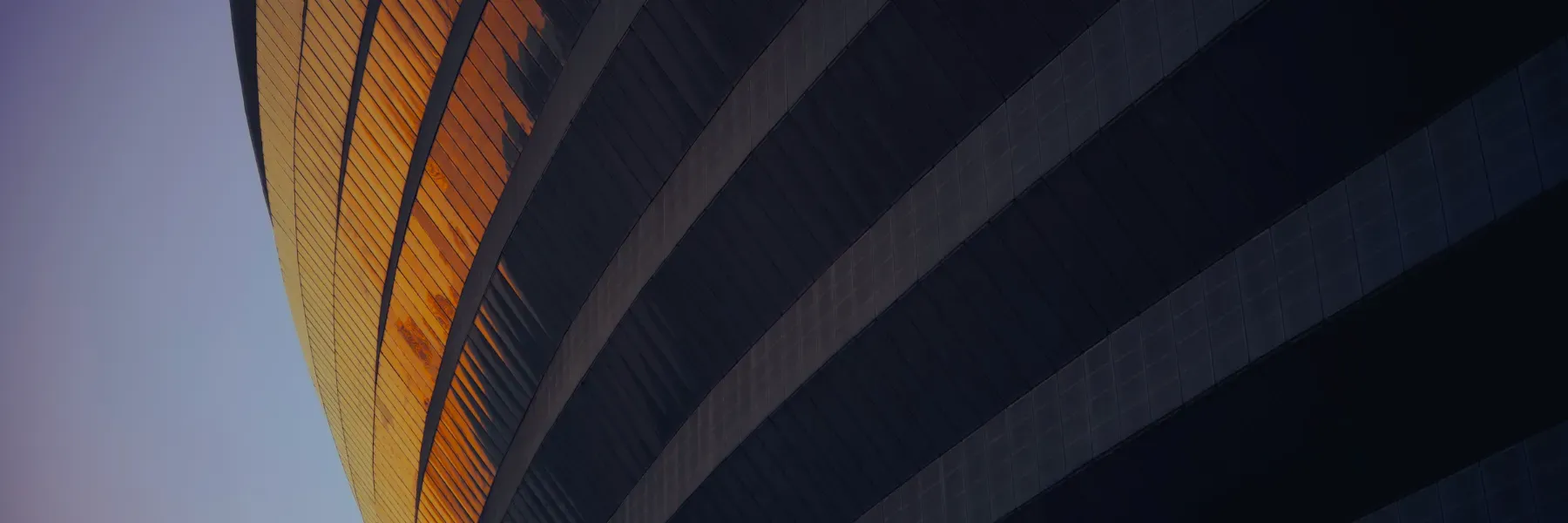
Creativity is a state of mind, wherever you are
Does working from home make us more or less creative? Some say that home provides the ideal environment for creative thinking – a quiet place (in theory!) where people can concentrate away from the chatter and distractions of the office. Others believe that creativity is sparked by the casual conversations and watercooler moments of office life.
The Bank of England’s Chief Economist Andy Haldane summed it up in a speech he gave last year:
“What creativity is gained in improved tunnelling is lost in the darkness of the tunnel itself.”
In other words, as great as being able to focus is, we need external stimuli and other points of view if we are to be truly creative. And I’m inclined to agree.
This is something we as a team realised early on in the pandemic. Whilst we quickly adapted to working from home, in those first days of lockdown we struggled to reignite the creative spark that helps us add value to our client programmes. But by collaborating and thinking ‘outside the box’, we soon devised ways to adapt to our new situation and keep innovating.
If you similarly find your team in a creative desert, how can you get it back to fertile ground?
Keep on moving
The temptation can be to stick to what you know, but when you find yourself in a situation as unprecedented as a pandemic, this can be unhelpful and counterproductive. Coming up with new ways of doing things rather than staying wedded to previous experience and solutions is the key to maintaining creativity.
Create not recreate
Before Covid, my team was used to being able to get together in the same room and bounce ideas off each other. We initially tried to replicate this via video call but it felt stilted and forced. Instead, by applying some simple techniques and technologies, including interactive whiteboards and prototyping through demos on video platforms, we have managed to restore our creative energy and make every home worker part of a shared creative space. Even when we start to spend more time in the office, we will still use some of these techniques so that people can exchange ideas, wherever they are working.
Open your mind
The pandemic has made our world smaller. We’re travelling less, seeing fewer people and spending infinitely more time at home. But although our working environment has changed, our work ethic hasn’t. It’s important you still put yourself in the right frame of mind. I find that staying active really helps and it is something I encourage in my team. From the daily round-the-block commute to the home office to getting out for daily exercise, activity has physical and mental benefits, opening up the mind to new thoughts and ideas. Creativity can happen in the most unexpected places so you may just be struck by inspiration while out on your daily lap around the park! I also encourage my team to leave the hour before any brainstorms meeting-free to prevent them from turning up drained and lacking energy.
Expand your horizons
Creative thinking also benefits from knowledge and from being aware of the latest developments in your sector – and those of your clients. That is why it is vital to make time for learning, whether that is through research, reading the latest trade publication, listening to a podcast, subscribing to the latest newsletter on Substack or attending a (virtual) event. It is easy to dismiss this as a ‘distraction’ and to lapse into the ‘I haven’t got time for that’ mentality because you can’t see an immediate output. But making time to expand your horizons will do wonders for your creative thinking. Even devoting your usual commute time to reading around your subject can make a difference.
Just do it
However, creativity doesn’t mean endlessly theorising with your head in the clouds; there is a point at which your ideas need to be translated into reality.
Sometimes, overthinking and slow decision-making can stop the best ideas from seeing the light of day. However, during the pandemic businesses have had to make decisions quickly, without all the facts, and innovate at speed. According to a McKinsey global survey, to meet new demands, companies have accelerated the digitisation of their customer and supply-chain interactions and of their internal operations by as much as three to four years.
Digital transformation programmes, like other business projects, can benefit from this willingness to try new things and deliver business change quickly. This is in line with the agile project management methodology which advocates an approach of ‘create, fail fast, discount any innovations that aren’t quite right, move on and repeat’. Narrowing down your options and focusing your efforts on those ideas that are bearing most fruit is a very productive way of approaching creativity.
Shake things up
Finally, that bit of creativity can make the difference between a good project and a great one. That is why it was such a priority for us to adapt our ways of working in order to keep delivering innovative, relevant digital transformation programmes that surprise and delight our customers.
It was challenging at first but the pandemic has forced us to reconsider how we approach creativity. As much as I’m looking forward to getting back to the office and running a brainstorm session with my team, I have learned that there are other ways to collaborate and co-create. And I have picked up healthy habits that I plan to maintain. Keeping active, staying curious and breaking free of old ways of doing things can only enhance creative thinking. In many ways, our current WFH set-up is the perfect opportunity to shake things up, so make sure you take it. It may just result in the best ideas you ever had.


